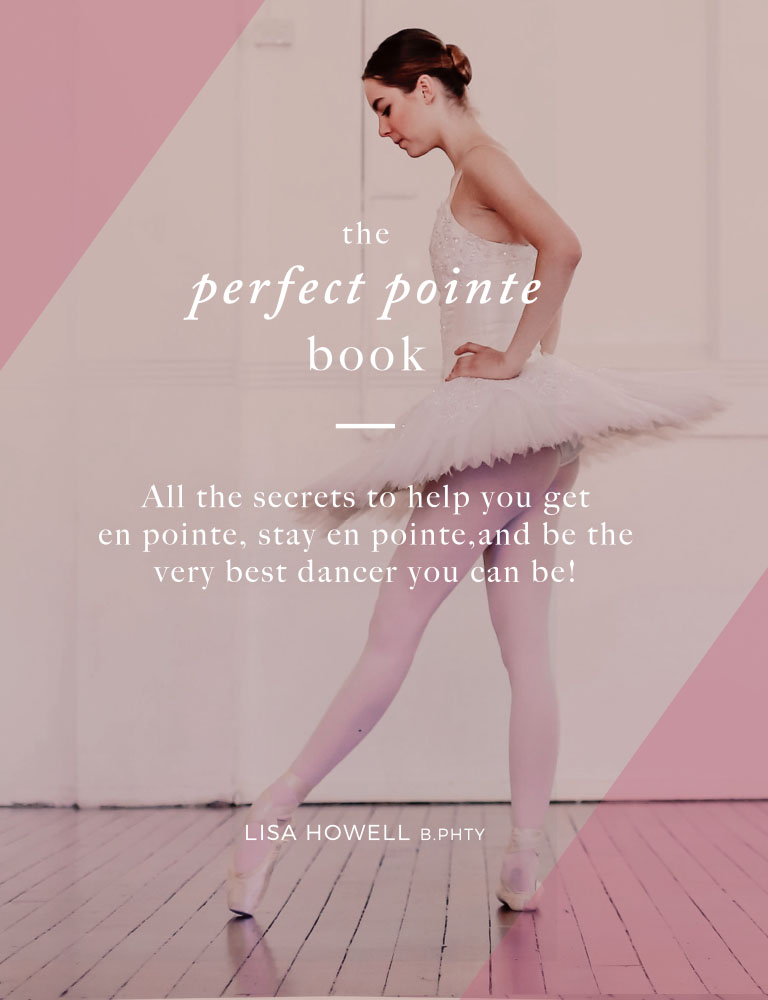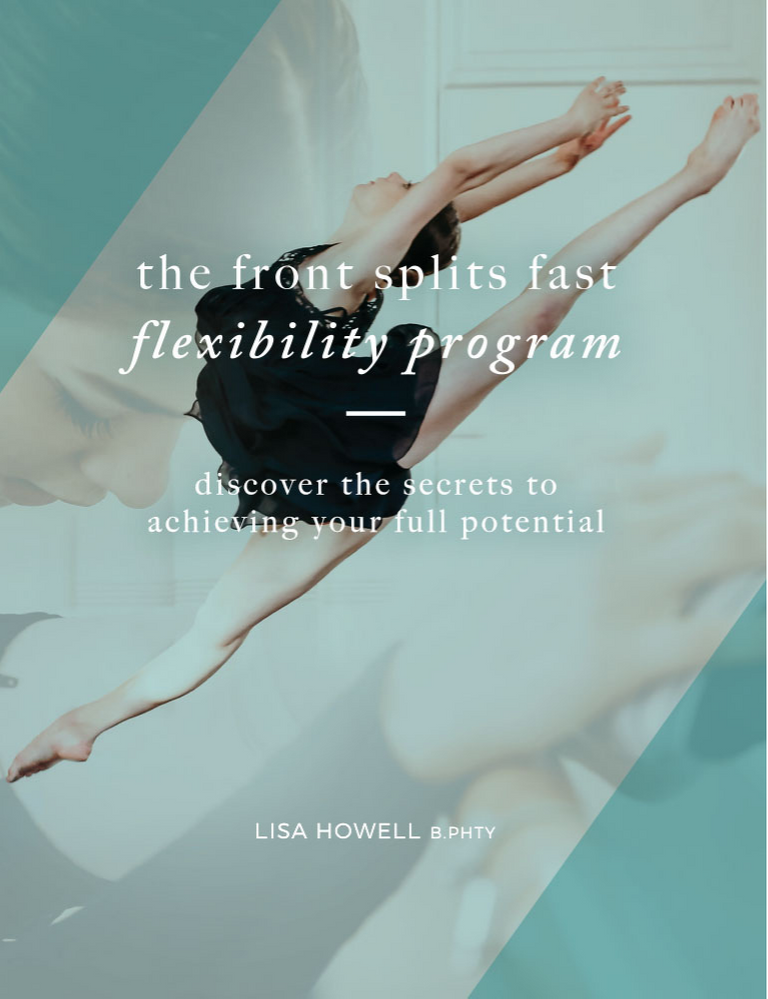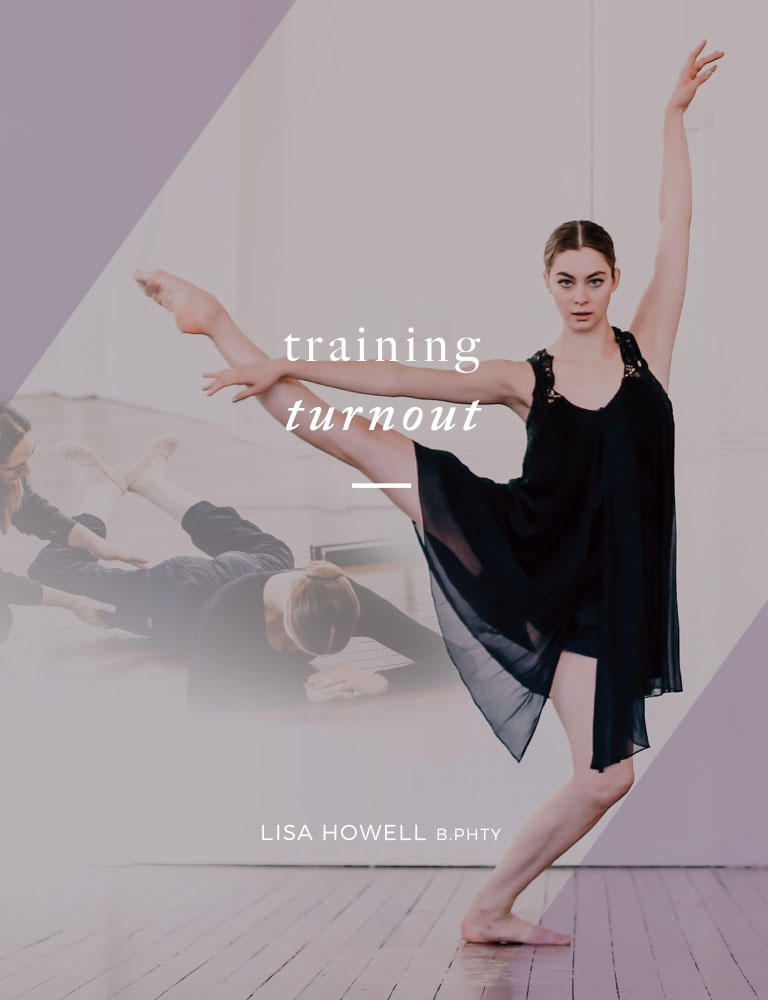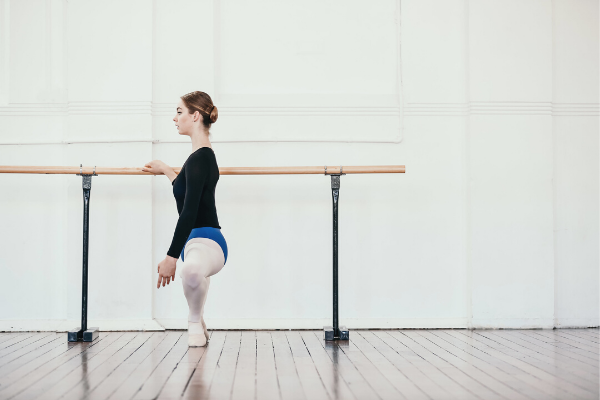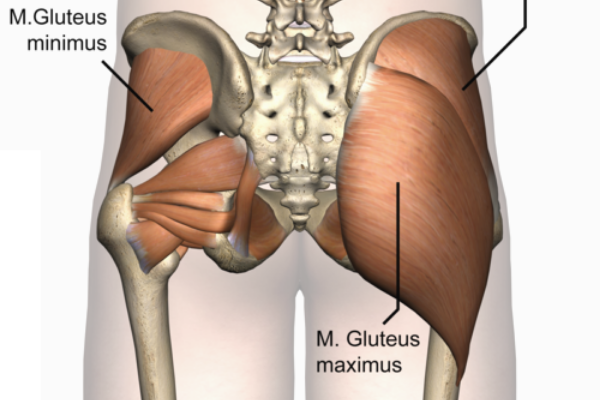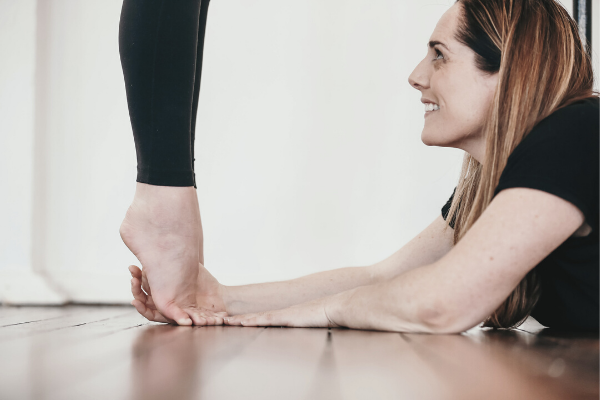- Free Articles
- Shop
- Workshops
- The Dance Educator Series
- Upcoming Workshops
- Workshop FAQ’s
- Host Application Form
- Student Workshop Application Form
- Dance Teacher & Health Professional Directory
- Workshop Testimonials
- Members Areas
- Cart
- My Account
What Product is Best for Me?!
Thank you so much for your interest in the products that we provide. There are a lot to choose from, and many people do get confused, however, this article aims to clarify what product is best for you and to give you a better idea of how they all work together.
Our products are designed in a chronological, gradually deepening layered learning protocol for dancers. The original idea was to create a comprehensive set of programs that could teach a young dancer everything that they needed to know about their own body to support their training, as well as prevent and recover from injury, from age 10 through to a professional career in dance, either as a performer or as a dance teacher. This includes the anatomy, and safe training for each level of development, in each different area of physical dance conditioning, especially those that we see frequent issues with. The aim is to prevent issues before they start through correct training and conditioning techniques while allowing the dancer to get the most that is physically possible out of their body. We also wanted to provide supplementary guidance for teachers to help them guide their own students through this process so that it could be accessible to all dancers worldwide.
The first program in the sequence, and the one that was developed first, is The Perfect Pointe Book. This was created in response to a very real need that I saw in the clinic. Many girls were coming for pre-pointe assessments but they were nowhere near ready to start in toe shoes, and they all had similar issues. These problems were most notably in the flexibility of the feet and ankles, strength and control in the intrinsic muscles of the feet and calves, turnout awareness, range and control, and core control and balance. The program is designed for a young student (10-14 years) to work through and has 4 stages that cover these areas. Each stage has tests to assess that it current capability and exercises to do to improve in each area. After 2 weeks of doing the tests, the student can reassess their progress, and if they are able to complete the tests well, then they can move on to the next stage. Obviously different students will have issues in different areas, but once they can complete all of the tests and exercises in the program well, then they will be ready for their full assessment by a Therapist or Dance Teacher. The Perfect Pointe Book is available as a downloadable e-book or hard copy book, and both come with online access to videos explaining all of the tests and exercises in detail.
The next program that was developed is The Perfect Pointe System, otherwise known as The Teachers Manual. This was created due the response from Dance Teachers especially in the USA after the release of The Perfect Pointe Book. The teachers were thrilled with the book, but on completing the program realised that they had no local therapists that were qualified to assess their students in regards to going onto pointe. I therefore created a pre-pointe assessment program, based on the program that I use in my clinic, that teachers could easily learn and follow to ensure that they were not putting student’s en pointe who were not ready. The Perfect Pointe System goes through all of the tests in detail, and included assessment sheets, growth charts and includes audio recordings discussing what varying results from each of the tests means, and what to do about it. The system also includes a hard copy of the updated Perfect Pointe Book.
Next up is the Front Splits Fast Flexibility Program. Around the ages of 12-13 students often go through a significant period of growth and suffer a loss of flexibility. Normal stretching often is of little benefit and students can get very frustrated. We have great results in clinic with the use of neural and fascial mobilising techniques, and this program goes through a methodical program of safely releasing soft tissue restrictions that may be preventing dancers from achieving their full range of motion. These techniques often make it easier for dancers to go into their normal stretches, and reduce the likelihood of any avulsion fractures occurring, which are common in this age group if they are pushed into stretches. This program has also proven to be very popular with older dancers who have either started dancing late, or have returned to dancing after a break, and also many martial artists, gymnasts and other athletes.
The next set of programs is the Advanced Foot Control, Training Turnout and Core Stability for Dancers programs. These build on the knowledge gained in these areas in The Perfect Pointe Book in greater detail and are suitable for more serious dancers aged 14 and up.
The Advanced Foot Control for Dancers program is designed to help dancers become responsible for their own feet, and ultimately, become their own foot physio! The program goes through the anatomy of each of the main muscles in the foot, how it is designed to work, how to strengthen, stretch and massage it if there is need for this. The program comes with a hard copy of the book, and access to an online member’s area which has video footage of every aspect of the program. It also includes many Injury Reports on common injuries that dancers get, with information on diagnosis, treatment, recovery and prevention. This program is essential for any student wishing to pursue a career in dance, no matter what discipline they specialize in.
These Injury Reports are also available individually as downloadable PDF's complete with videos to explain all facets of each injury. We are constantly adding to this library if Injury Reports so please do keep checking back for more.
The Teachers Version of the AFC program includes the same book and online members area as the student version, but it also includes several additional webinars on incorporating the program into the studio, as well as deeper discussion on several specific foot and ankle injuries that often plague young dancers.
The Training Turnout program was initially designed as a 10 week training program for Full Time dance students aged 15 and over. When students start Full Time Training many of them develop hip pain within the first 6 months as they are challenging the hips far more intensely than in the past, and often lack the subtlety, awareness, range and control needed to cope with a full time workload. The program covers core control and postural issues that contribute to hip injuries, as well as ways of assessing individual students hips to determine where their particular restrictions are. This then leads to specific release techniques for each type of restriction to enable more range of motion in the hips. Once range is established, the dancer is guided through the various different ranges that turnout needs to be developed in. I.e, standing leg turnout, turnout en fondu, turnout in retire, and ultimately, turnout control with adage work / en l’air. This allows the student to build the required strength and control over time. The program may be used in some talented younger students, but they will take much longer to progress through the program than 10 weeks.
Core Stability for Dancers explores the concept of true core stability. Many dancers train the Outer Unit of the core too quickly, and do not spend enough time training, or retraining the deepest stabilising muscles. This is especially important for anyone who experiences (or has experienced in the past) back pain, abdominal pain, abdominal surgery or pregnancy. All of these things can reduce the effectiveness of the deep stabilising muscles and must be retrained before a full dancing load can be achieved safely. Good control of the deep Inner Unit often improves stability, height of the leg en l’air and turns, as these all depend on good core control. The program also works of the Anterior Oblique, Posterior Oblique and Lateral Sling systems which can make a huge difference to overall stability in many dance movements.
The Dance Conditioning One and Dance Conditioning Two programs are more summary programs covering all areas. Level One is for younger dancers, and is similar to The Perfect Pointe Book, but is less ballet focused and so is more approachable for Jazz dancers and male students. Dance Conditioning Level Two was designed for my older students who were well versed in the previous programs, to take with them when they moved overseas, to help remind them of all of their previous exercises, and how to combine them into a good conditioning program. These books also provide a great base for teachers wanting to put together a safe conditioning class for their students.
Pilates Fundamentals and Functional Pilates are more focused on our adult (non-dancing) clients, and are based around a progressive weekly beginners Pilates course that we run, aimed at developing good pelvic and core stability, as well as improving upper back mobility and balance. These courses are great for all of the parents of dancers!
The “Will I Ever Dance Again” program is our latest product and fills a very real need that we have noticed in clinic. Many students in their pre-professional or professional level training experience a serious foot injury or require surgery at some point. This is often a devastating time for them when they question “Will I Ever Dance Again?” The challenge is to keep their whole body in peak condition while allowing the injury to fully recover. Many dancers try to go back to class too soon, as they are so worried about taking time off, and they risk re-injuring the foot, or developing a chronic injury that will not heal. This double DVD set helps a high level dancer continue to train at a high level, with the first disk outlining a floor barre suitable for everyone, whether completely unable to put weight on their foot, or fully functioning. The program then explores how a normal ballet barre may be modified when wearing an orthopaedic boot. The second disk provides conditioning exercises to help improve Port De Bras, Adage, Turns and Allegro, all without loading the foot, and then progressive retraining ideas to transition back to full class, while correcting any issues that may have caused the injury to occur in the first place. The Online Members area has additional information on Cardio training, how to work through the program and also modifications for various injuries. There is also a Q&A section that answers common questions from dancers working back from an injury. “Will I Ever Dance Again?” is an essential adjunct to any high level dancer’s repertoire and can also be used as supplementary training when not injured. This program is available in either the DVD and online members area bundle, or the online version alone.

